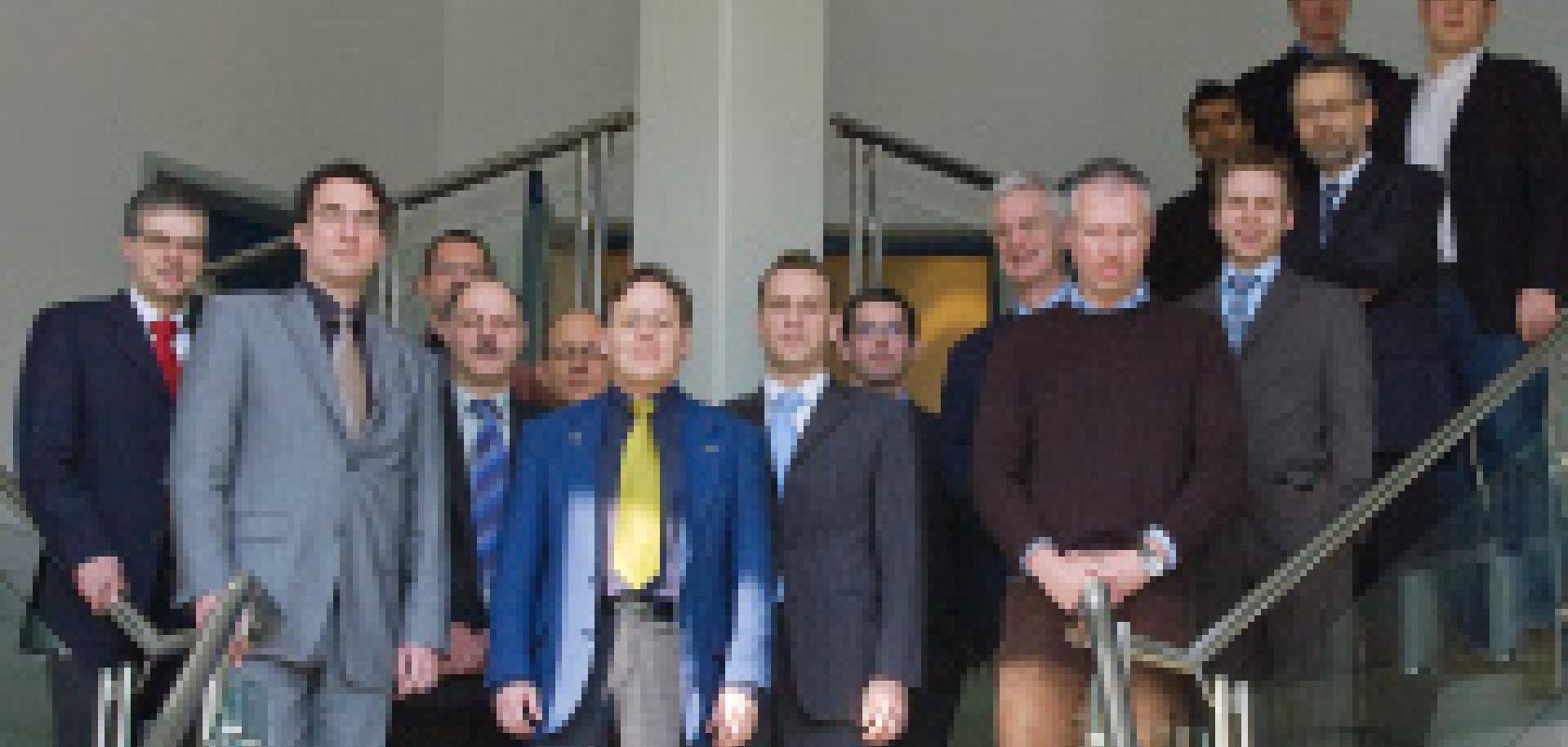The annual output of solar cells fabricated with silicon ribbons in Germany amounts to approximately 50 million wafers, and this figure is expected to rise to 500 million wafers by 2012. This trend will require manufacturers to expand their production capacity while maintaining superlative levels of quality and economic efficiency. Companies from the solar cell technology business and laser specialists involved in fine cutting have joined forces to tackle this challenge in a cooperative project known as Komet. One of the aims of the project is to use a newly developed laser concept to increase the throughput of the silicon cells by up to 50 per cent while significantly improving the quality of the products.
February 2009 saw the start of the collaborative project, which is funded by the German federal ministry of economics and technology (BMWi). The name Komet is an acronym for 'compact solid-state laser for efficient material ablation with radially polarised light'. Participants in the project include the research institutes Laser-Laboratorium Göttingen LLG, the Fraunhofer Institute for Laser Technology ILT and the Chair of Informatics at the University of Erlangen-Nürnberg, as well as seven industry partners. Together, they are planning to develop a modular solid-state laser for precision cutting and drilling by 2012 that features significantly improved beam quality and an increase in cutting efficiency of up to 50 per cent.
When it comes to the quality and efficiency of laser materials processing, a key role is played by the polarisation state of the radiation beam, which is the direction of oscillation of its electrical field. This polarisation direction dictates various factors, including the focusability of the beam. Up to now, fine cutting of brittle-hard materials such as silicon has made use of a laser with a circularly polarised beam. In contrast to a linearly polarised beam, the quality of the cut is not dependent on the cutting direction; a laser beam with circular polarisation can achieve results in industrial applications that represent the state of the art.
In order to further enhance the coupling efficiency and focusability of the laser beam, independent of cutting direction, the partners in the project are now planning to employ radially polarised light. A radially polarised laser beam demonstrates up to 30 per cent better absorption than a circularly polarised beam, thereby reducing coupling losses. Radially symmetric polarisation leads to significant improvements in cutting quality.
The example of solar technology clearly reveals some of the concrete benefits that can be obtained using this innovative concept. 200 micrometer-thin silicon cells (silicon ribbon) are currently manufactured with a kerf width of around 10 micrometers. By using a laser with a radially polarised beam, it is possible to significantly optimise this cutting process in terms of both its efficiency and quality; the cutting process can be accelerated by up to 50 per cent, thereby achieving a corresponding boost in production capacity. Moreover, the cutting precision obtained is substantially higher. Under optimum conditions, the focusing point of the radially polarised beam is up to 60 per cent smaller than that of conventional lasers. This allows the usable surface area of the material being processed to be maximised. The new system also holds great interest for laser dicing of silicon wafers.
The first step is being taken by the overall coordinator of the project, LLG, who will develop an external polariser to generate radially polarised light. A series of preliminary tests are then set to be carried out by the researchers from Göttingen in collaboration with the University of Erlangen-Nürnberg to examine and optimise the polariser’s functionality, subsequent to which the polariser will be made available to the Fraunhofer ILT for experimental trials. In Aachen, the intention is then to test the prototype under conditions similar to those of normal production using the equipment available on site.
'In collaboration with our project partners from industry, we will be using the radially polarised laser to carry out experimental cutting of workpieces. Thanks to our expertise and equipment in the field of measuring technology we can then certify the components, thereby laying the bridge between research and the end user,' explains Dr Jens Schüttler, the Komet project leader at the Fraunhofer ILT. In a further step, the consortium is planning to make a powerful solid-state laser available for industrial use, which will not require any external devices to produce radial polarisation. At a wavelength of 1,064nm, the laser will be designed with an output power of a few 100mW (master oscillator) or of up to 30W (power amplifier), respectively. Medical engineering is a further field of application for this innovative laser concept, in particular the precise machining of stents.
The following industry partners are involved in the Komet project: InnoLas, Wacker Schott Solar, Admedes Schuessler, Advanced Laser Separation International, Las-Cad, FEE, and Schumacher Elektromechanik.


